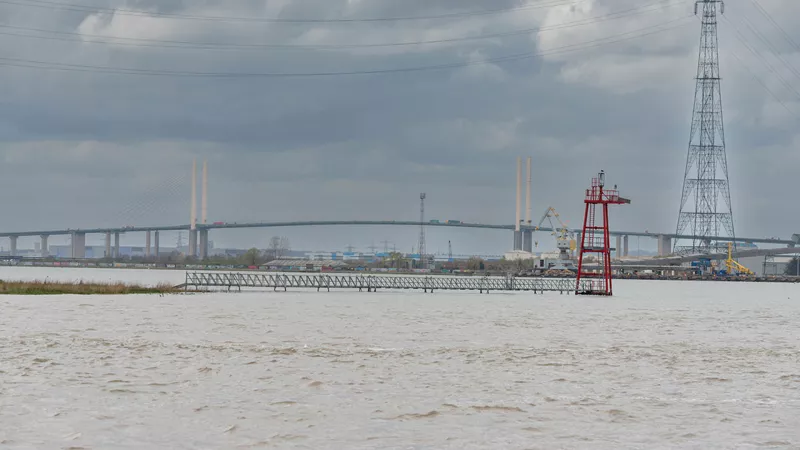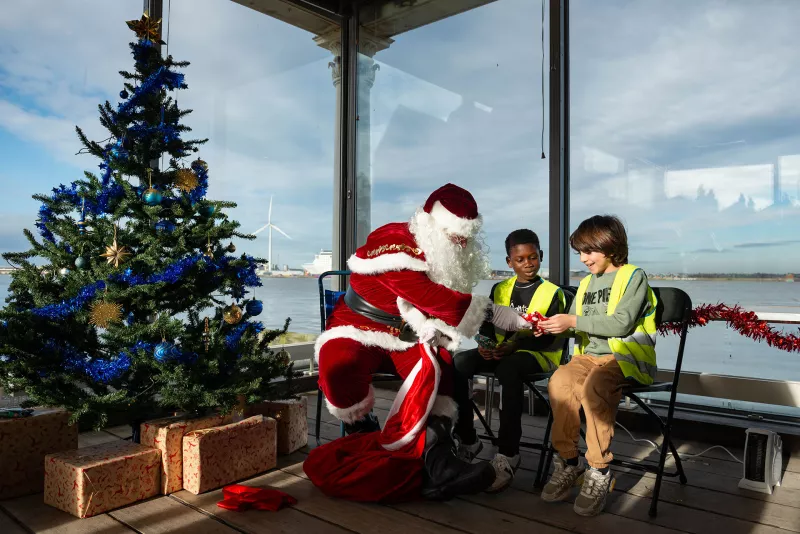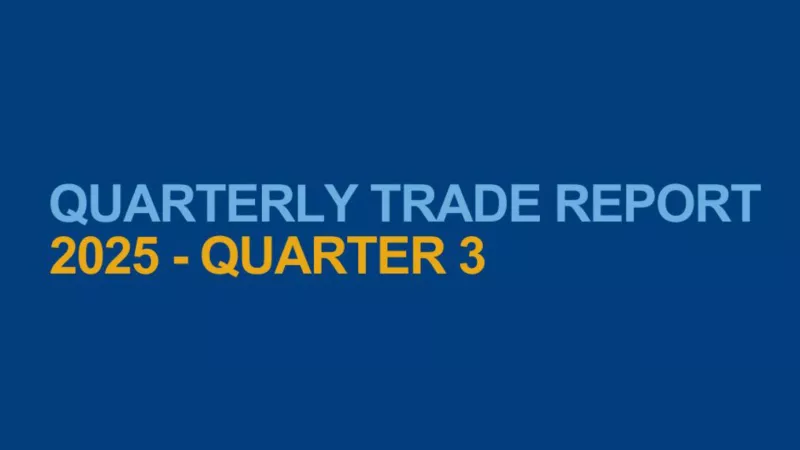Live Tides
NOTICES TO MARINERS
Charts & Surveys

Incident reporting
Life-threatening emergencies on the river:
Call 999 and ask for the Coastguard
For near miss, safety observations and incident reporting click below
Unpacking the UK's busiest port

Major new Museum of London Docklands exhibition reveals the immense ‘hidden’ port we live and work alongside.
London: Port City
Museum of London Docklands
22 October 2021 – 8 May 2022
FREE
- Exhibition, in partnership with the Port of London Authority, unpacks the sheer scale of the international port that we live and work alongside, fully, for the first time.
- How the Port of London has changed and shaped the city, its people, places and language, over centuries.
A live shipping tracker shows the extent of Thames traffic today – the port handles over 50m tonnes of cargo and receives over 12,000 commercial vessels each year, connecting with over 50 countries worldwide. - Exhibition explores the truths around Empire that underpin the Port’s prosperity.
- Entry is free, book tickets here: https://www.museumoflondon.org.uk/museum-london-docklands/whats-on/exhibitions/london-port-city
- A new major exhibition, opening later this year, will reveal the ongoing impact of the Port of London on our capital city, its people, design, culture, prosperity and global position. The exhibition will trace more than 200 years of extraordinary experiences and intense activity on a river whose continued importance in the 21st century may come as a surprise to the millions of people who live and work alongside it.
London: Port City runs from 22 October 2021 to 8 May 2022 at the Museum of London Docklands, itself originally part of West India Docks, London’s first enclosed dock system and a hive of activity packed with valuable cargoes from around the world from 1802 until its closure in 1980.
The exhibition will draw upon the extensive archives of the Port of London Authority (PLA) to present a nuanced picture of the complex operations that have enabled the Port to connect London to the rest of the world, from the final days of the 18th century to the creation of the huge London Gateway ‘mega port’ at Thurrock in the Thames Estuary. The exhibition will be peppered with stories, incidents, major operations, absorbing characters, technological advances, pivotal moments, surprising details and little-known facts. London: Port City will also critically explore the port from many perspectives including the legacies, results and reminders of the British Empire.
Claire Dobbin, exhibition curator, said:
“The port and its impact on London is massive - not just historically, but today. Handling over 50 million tons of cargo a year, from our morning coffee to the clothes we wear and materials for buildings we live and work in, the port plays a vital role in our daily lives and national economy. It’s moved down river – and for many of us out of sight – but the port is still very much part of London. Our riverside cityscapes are also peppered with echoes of the port’s history - in its architecture and street names. Our cultural landscape too has been shaped by centuries of global exchange – by people, products and ideas passing through the port. This influenced and enriched language, diversity and communities that underpin the city we know today.”
Robin Mortimer, PLA chief executive, said:
“The importance of the trade on the Thames has been pivotal to London’s development and will be crucial to its future success. As life gradually returns to something like normal, post the pandemic, this exhibition is a not-to-be-missed opportunity for the public to explore how the commercial river shapes all our lives. It covers all aspects of the port’s past, present and future – from the contribution of immigrants over many decades to the latest technology we use to keep river users safe. Coinciding with our refresh of the Thames Vision strategy, to make sure it remains relevant in a fast- changing world, it’s a great way to focus on how we learn from the past and make the most of future opportunities to make full use of the river’s potential.”
Exhibition highlights include:
- Revealing the stories behind 80 words and expressions that entered the English language and the place names of streets and pubs as a result of the docks including ‘crack on’, ‘aloof’ and ‘Mudchute’.
- An impressive audio visual display that will transport visitors into the PLA control room, using large-scale projections to create a day in the life of the Port of London, with multiple spectacular views of the river and all of the activity happening 24 hours a day.
- An interactive timeline reveals stories from the docks since 1800, using 222 objects from the PLAs vast and eclectic archive. Material ranges from sandals with hollowed out soles to smuggle opium, seized in the 1870s, to original plans for the world’s most innovative purpose-built dock complexes.
- Many of the dockers whose voices feature throughout the exhibition recall being hit by a heady aroma as a new cargo was unloaded or as they made their way through different areas of the docks. Visitors will experience a suite of distinct scents, carefully blended to capture the original pungency of the port.
- Trade Winds: London, a new artwork by contemporary artist Susan Stockwell, using archive material and international currency to explore themes of international trade, economies, migration and empire. Elsewhere, a new artwork by Hilary Powell uses experimental photographic techniques and film to explore the container shipping industry and the people who keep it going.
- Importantly, the exhibition will address the wider global context of London’s seaborne trade, most notably its historical dependence on the sugar trade and slavery. A document commemorating the original unveiling of the statue of merchant and slave owner Robert Milligan, which was removed from outside the museum in 2020, is displayed alongside original plans for docks. It serves as a reminder of the full truth behind the economic prosperity that made the building of West India Docks possible.
Related content


Location: London/Gravesend Remuneration: £28,971 per annum for a commitment of up to 24 days per...

Discover


